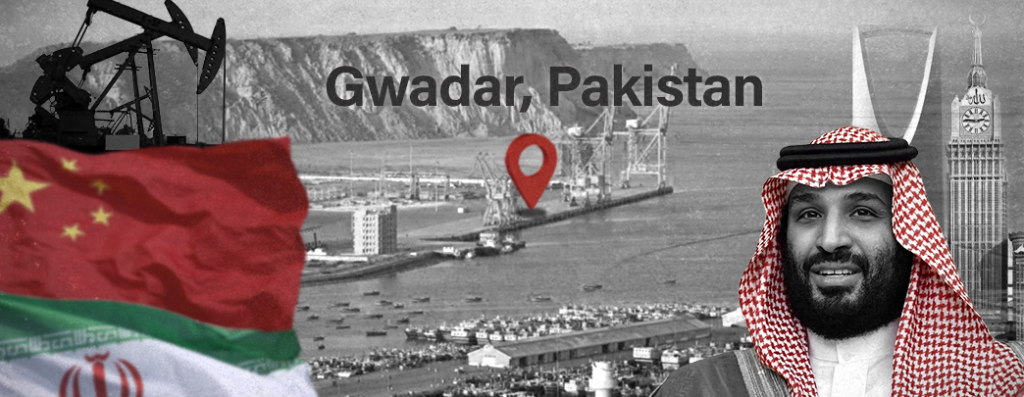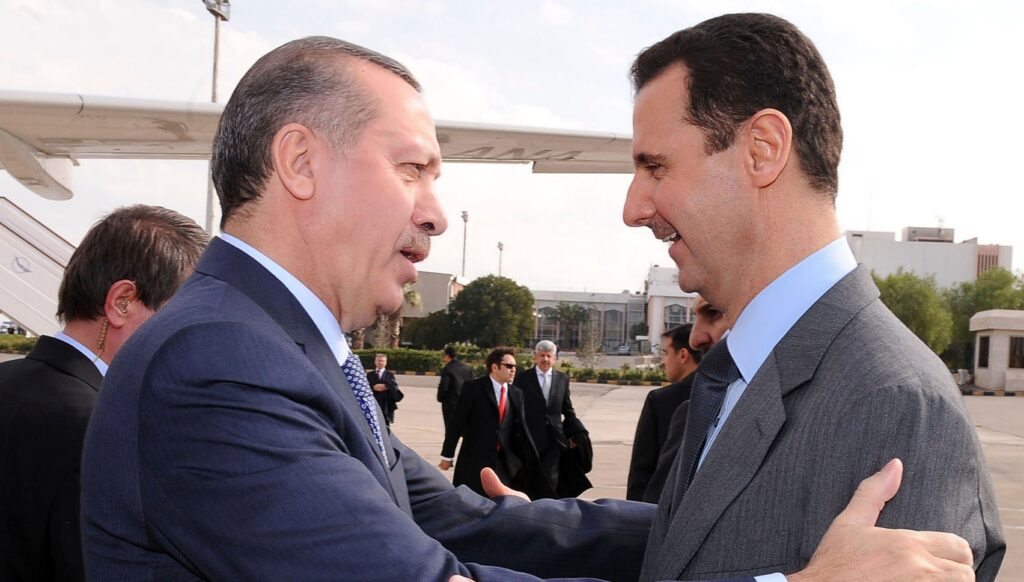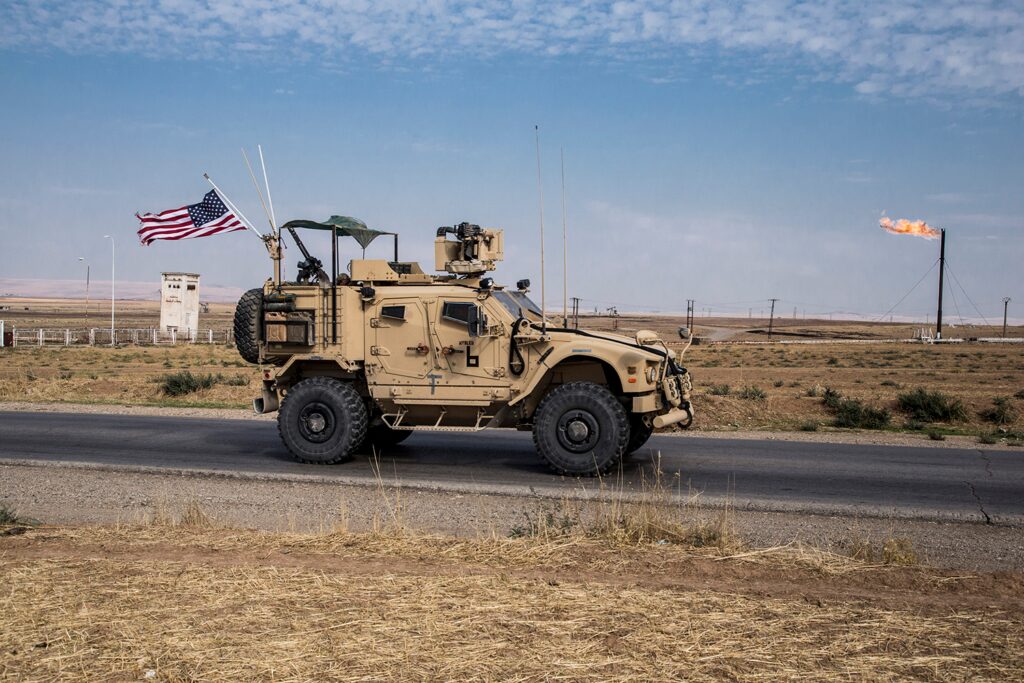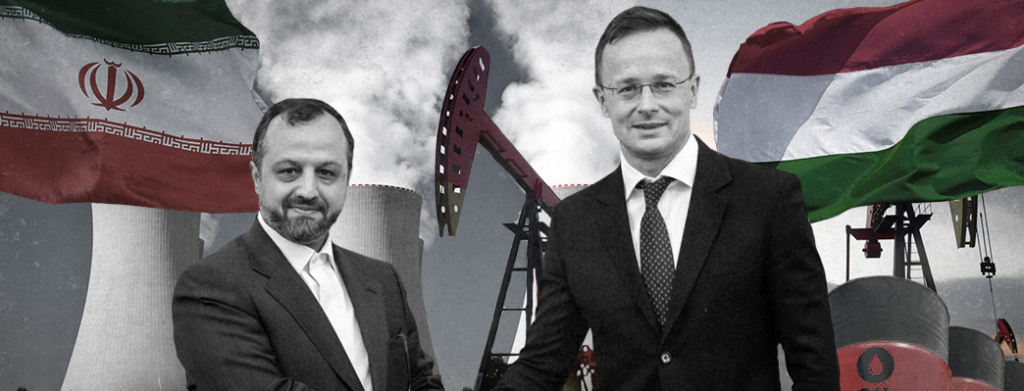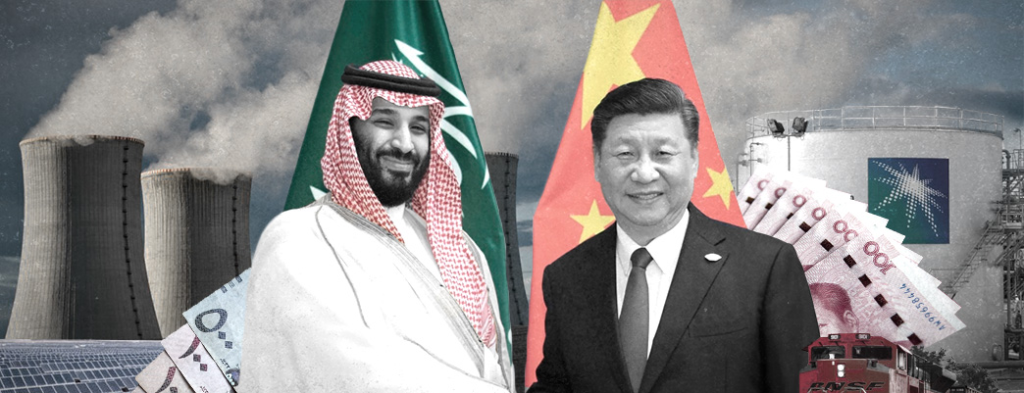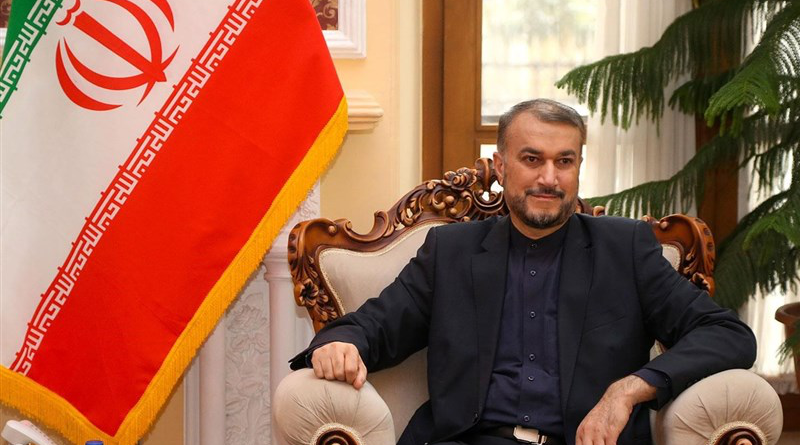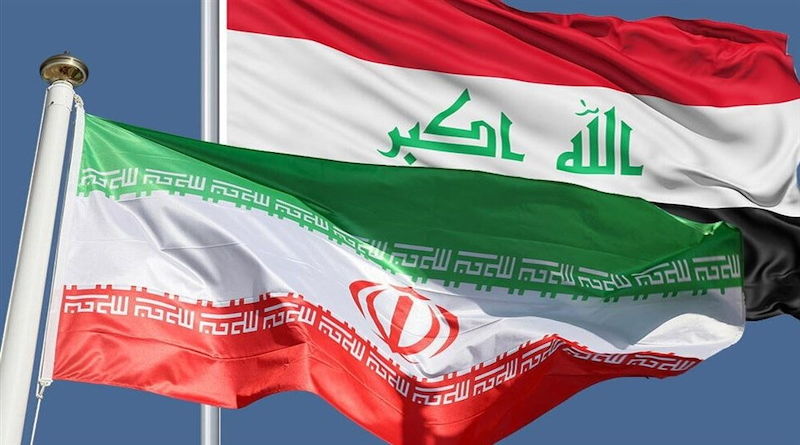Chinese leader urges GCC nations to adopt yuan, Shanghai exchange for oil and gas trade
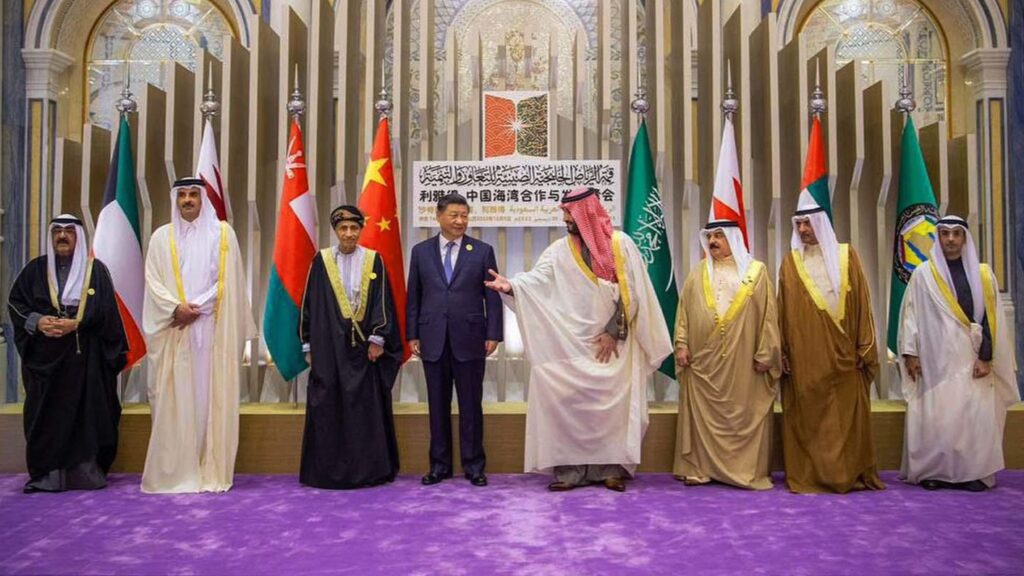
Xi Jinping called China and Gulf nations ‘natural partners’ and urged regional leaders to be partners in promoting unity, development, and security
China’s president Xi Jinping urged Gulf nations to use the Shanghai Petroleum and National Gas Exchange as a platform to receive payments of oil and gas using the Chinese yuan instead of the US dollar during a historic summit with the heads of the Gulf Cooperation Council (GCC) states on 9 December.

